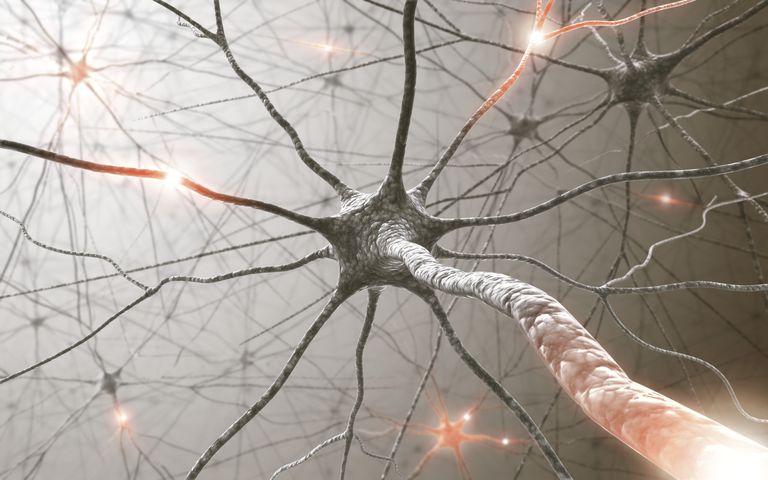Scientists Try to Identify Unknown Brain Cells Using Crab’s Nervous System

Image Courtesy : verywellmind.com
Billions of cells, precisely the neurons that build up the brain, still remain a mystery, at least in terms of its functioning. As far as their functioning is concerned, one fundamental issue has been that there are various kinds of neurons. Different kinds of neurons act differently and thus they build up the tapestry of a myriad of functions that the brain is evolved to perform. It is also important for treatments of neurological disease such as the Alzheimer’s disease, because if we know how exactly a single neuron works normally then it will be easier to find out what aberrations occur when the same cell becomes diseased.
There have been many efforts to decipher various kinds of neurons, but still, the scientific community is far away from knowing much about it. Among these methods, a popular one has been the technique called RNA sequencing. In a recent study published in PNAS, researchers have said that RNA sequencing could be used to decipher different neuron types in the brain.
“There are billions of neurons in the human brain, yet we still don't know how many distinct types there are. We are finally at a technological point where we can ask the incredibly complex question – what are the brain's building blocks?" said David Schulz, a professor of biological sciences in the College of Arts and Science, and a corresponding author of the PNAS study.
The researchers used a crab’s nervous system as a model. They compared and validated the results of previous human RNA sequencing methods. The advantage that a crab’s nervous system can provide is that it has identifiable subtypes of neurons. The approach is — RNA sequencing of crab’s neurons is done first, and then these sequencing results are matched with the previous sequencing results of human RNAs. Now, as the information about crab neuron subtypes are aplenty, if RNA sequencing of a particular type of neuron matches human RNA sequences, it becomes easy to find out the sub type of a particular neuron.
The team of researchers used high throughput computer analysis, like machine learning, to produce a finer detail of analysis along with sequencing methods. The combined approach could allow scientists to validate the previous human RNA sequencing data of the neuronal cells and could also provide a better way of finding different types of neurons.
“If you don't know what you are looking for in the complex human brain, then early efforts using RNA sequencing are going to need some refinement before we can answer this fundamental question. This study is one of those refinements. Until we can understand each component, we can't expect to take the brain apart and put it back together again in order to figure out how it works,” Schulz said.
With growing concerns about neurological diseases and disorders, it is pertinent to know how healthy neurons are different from diseased ones and how one neuron is different from the other.
Get the latest reports & analysis with people's perspective on Protests, movements & deep analytical videos, discussions of the current affairs in your Telegram app. Subscribe to NewsClick's Telegram channel & get Real-Time updates on stories, as they get published on our website.


















